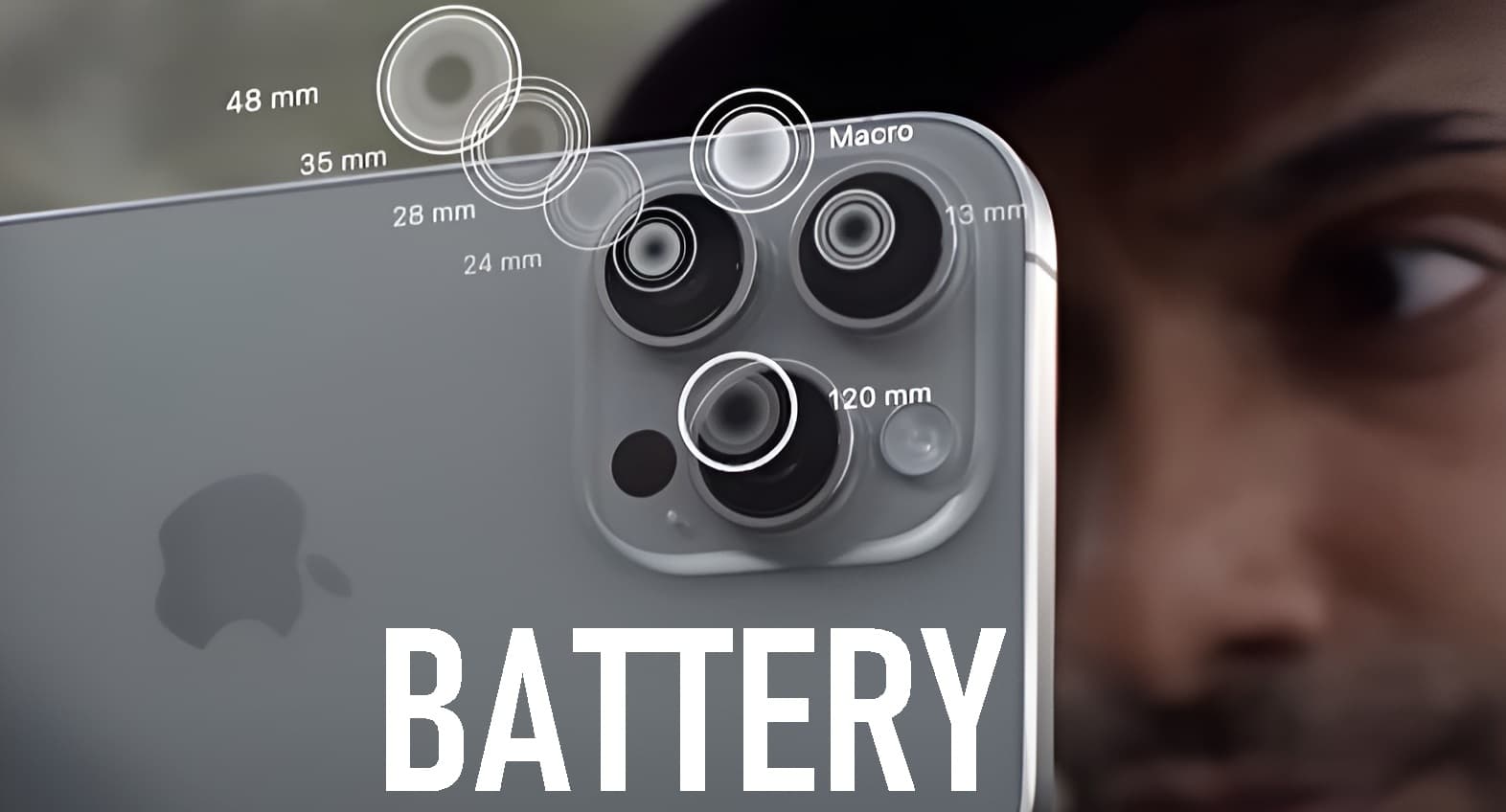Smartphone technology is constantly evolving, with new innovations emerging each year. Both iPhone and Android devices are at the forefront of these advancements, each bringing unique features and improvements to the market. In this article, we’ll explore the latest innovations in iPhone and Android models, how AI is changing the game, and what future trends might look like.

Latest Innovations in iPhone Models
1. Advanced Camera Systems
The iPhone has always been known for its impressive camera quality, and the latest models are no exception. Recent iPhones feature enhanced sensors, improved low-light capabilities, and advanced computational photography. The introduction of ProRAW and ProRes video recording offers professionals more control and higher quality in their photos and videos.
2. A-Series Chips
Apple’s A-series chips, such as the A17 Bionic, continue to push the boundaries of smartphone performance. These chips offer incredible speed and efficiency, making multitasking smoother and improving overall device responsiveness. With each new generation, Apple enhances CPU and GPU performance, allowing for more demanding applications and games.
3. Improved Display Technology
Recent iPhones feature ProMotion displays with a 120Hz refresh rate, resulting in smoother scrolling and more responsive touch inputs. Apple’s Super Retina XDR display also delivers vibrant colors and sharp details, making everything from watching videos to gaming a more immersive experience.
4. Battery and Charging Advancements
Apple has introduced more efficient battery technology and faster charging options. The new MagSafe technology not only makes wireless charging easier but also allows for a range of accessories to attach to the back of the phone, enhancing functionality.
5. Enhanced Security Features
The iPhone continues to lead in security with features like Face ID, which uses advanced facial recognition technology to unlock your phone and authenticate transactions. The Secure Enclave ensures that sensitive data is stored safely, adding an extra layer of protection.
Top Android Phone Innovations in Recent Years
1. Foldable Screens
Android manufacturers, like Samsung and Huawei, have been pioneering foldable screen technology. These devices can transform from a compact phone into a larger tablet, offering versatility and a new way to interact with your phone. Samsung’s Galaxy Z Fold and Huawei’s Mate X are notable examples.
2. High-Resolution Cameras
Android phones have made significant strides in camera technology. Innovations include high megapixel sensors, multiple camera setups for various shooting scenarios, and advanced zoom capabilities. The Google Pixel’s computational photography and Samsung’s high-resolution sensors are leading the charge.
3. 5G Connectivity
The rollout of 5G has been a major innovation for Android phones. This next-generation network technology offers faster speeds, lower latency, and improved connectivity. It enhances everything from streaming and gaming to more reliable calls and data transfers.
4. AI-Driven Features
AI integration is becoming a cornerstone of Android phones. From improved camera performance through machine learning to smarter virtual assistants, AI helps optimize device performance and user experience. Features like real-time translation and predictive text are examples of how AI is enhancing everyday use.
5. Battery Life and Charging Improvements
Android manufacturers are focusing on extending battery life and speeding up charging. Technologies such as fast charging and wireless charging have become standard, and some models even support reverse wireless charging to power other devices.
How AI is Revolutionizing the Smartphone Industry
AI is transforming the smartphone industry by making devices smarter and more intuitive. Here’s how:
1. Enhanced Camera Capabilities
AI algorithms improve photo quality by optimizing settings based on the scene and subject. Features like Night Mode and Portrait Mode use AI to enhance images in various lighting conditions and create professional-looking portraits.
2. Smart Assistants
Virtual assistants like Siri and Google Assistant leverage AI to understand and respond to natural language. They can perform tasks, answer questions, and provide personalized recommendations based on user behavior.
3. Battery Management
AI helps manage battery life by learning usage patterns and adjusting settings to conserve power. This leads to more efficient battery use and longer battery life throughout the day.
4. Predictive Text and Language Translation
AI-driven predictive text and language translation features make communication easier and more accurate. These tools learn from your typing habits and improve over time, providing more relevant suggestions and translations.
iPhone vs. Android: Innovation in Camera Technology
1. iPhone Camera Innovations
The iPhone focuses on high-quality image processing with features like Deep Fusion and Smart HDR. The recent models also support ProRAW and advanced video recording options, offering a range of tools for professional and casual photographers alike.
2. Android Camera Innovations
Android phones often lead in hardware innovations, such as higher megapixel sensors and multiple lenses. Android manufacturers experiment with different camera setups, like ultra-wide and periscope zoom lenses, to provide versatile shooting options.
Why Android Phones Are Leading in Foldable Technology
Android manufacturers are at the forefront of foldable technology, thanks to their willingness to experiment and innovate. Companies like Samsung and Huawei have introduced foldable phones that combine the portability of a phone with the larger screen experience of a tablet. These devices offer new ways to interact with apps and content, pushing the boundaries of traditional smartphone design.
Impact of 5G on Smartphone Innovations
1. Faster Speeds
5G technology provides significantly faster download and upload speeds compared to 4G. This improvement enhances streaming quality, gaming performance, and the ability to handle large files quickly.
2. Low Latency
The reduced latency of 5G enables more responsive interactions, which is crucial for real-time applications like online gaming and video calls.
3. Increased Connectivity
5G supports a higher density of connected devices, paving the way for smarter cities and more connected experiences. It also enhances the capabilities of IoT devices and wearable technology.
Future Trends in Smartphone Hardware Design
1. Flexible Displays
The future will likely see more advancements in flexible and foldable displays. These innovations will continue to evolve, offering new form factors and possibilities for device interactions.
2. Enhanced Durability
Smartphones will increasingly focus on durability, with more robust materials and water-resistant designs becoming standard. Future models may feature even tougher screens and bodies.
3. Integrated AI Chips
AI will become more deeply integrated into smartphone hardware. Future devices may include dedicated AI chips to enhance performance and enable more sophisticated applications.
Comparing Apple’s A-Series Chips with Snapdragon
1. Performance
Apple’s A-series chips, like the A17 Bionic, are known for their exceptional performance and efficiency. These chips often lead benchmarks and provide a smooth experience for demanding applications.
2. Snapdragon Chips
Snapdragon processors, such as the Snapdragon 8 Gen 2, offer high performance and are widely used in Android devices. They are known for their versatility and support for various features, including 5G and AI capabilities.
3. Optimizations
Apple’s A-series chips are optimized specifically for iOS, leading to highly efficient performance. Snapdragon chips need to accommodate a wide range of Android devices, resulting in varied performance across different models.
Upcoming Smartphone Technologies to Watch
1. Augmented Reality (AR)
AR technology will continue to advance, offering more immersive experiences in gaming, shopping, and education. Smartphones will play a key role in bringing AR applications to mainstream users.
2. Under-Display Sensors
The development of under-display sensors, including fingerprint scanners and cameras, will lead to cleaner and more seamless phone designs. These technologies will enhance both functionality and aesthetics.
3. Advanced Battery Technologies
Future advancements in battery technology, such as solid-state batteries, promise to increase energy density and safety while reducing charging times. These innovations will address some of the current limitations in battery performance.
How iOS and Android Differ in Software Innovation
1. iOS Software Innovation
Apple tends to focus on creating a cohesive and polished user experience with regular updates. Innovations in iOS often emphasize seamless integration with Apple’s hardware and ecosystem, as well as enhanced security features.
2. Android Software Innovation
Android is known for its flexibility and customization. Innovations in Android often involve expanding the range of user options, integrating new technologies, and providing more choices for device manufacturers. Android also supports a wide range of hardware configurations, leading to diverse features and functionalities.
Conclusion
The smartphone industry is vibrant and constantly evolving, with both iPhone and Android devices pushing the boundaries of technology. From camera advancements and AI integration to foldable screens and 5G connectivity, each platform offers unique innovations that cater to different user needs and preferences. Staying informed about these developments helps you choose the right device and understand how technology is shaping our digital lives.













